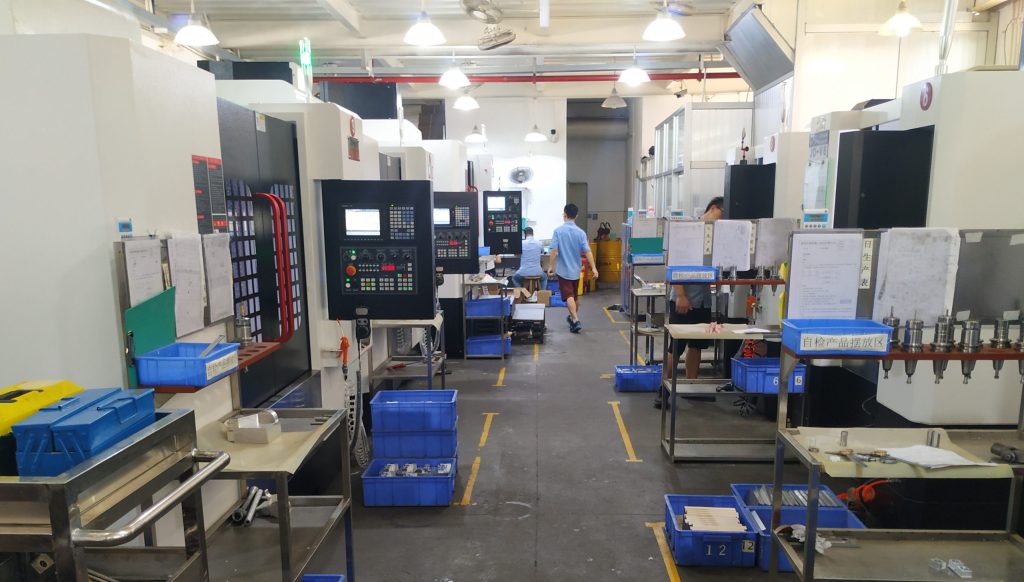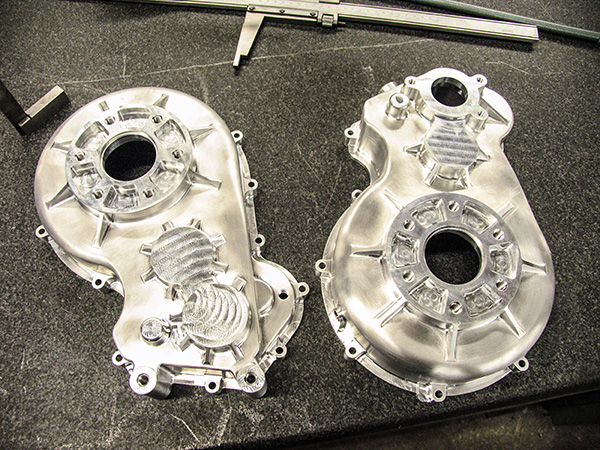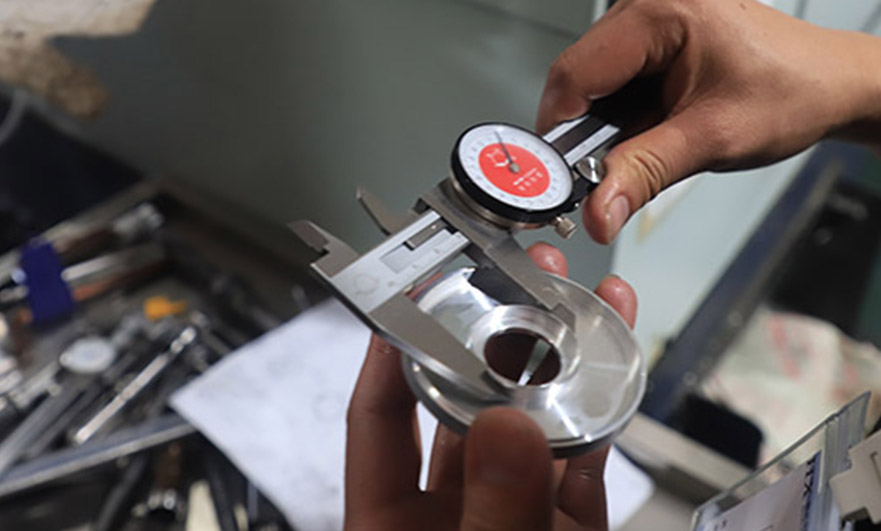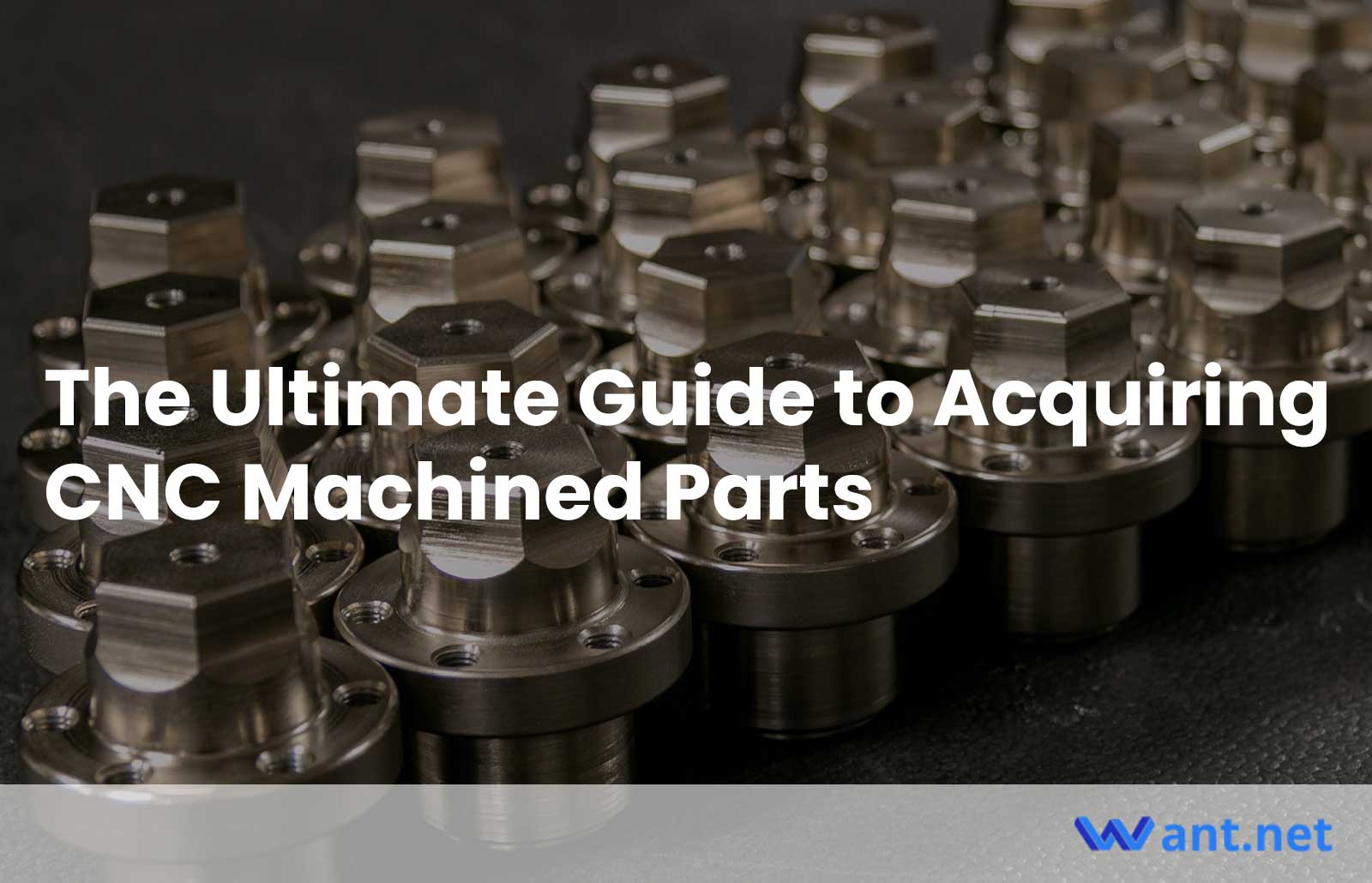In today’s business landscape, there are two main categories: production and services. While service-based businesses are easier to establish, production businesses hold greater potential for growth. If you’re considering venturing into the production sector by manufacturing CNC machined parts, it may seem daunting at first. However, this step-by-step guide aims to show you that obtaining CNC parts is a feasible endeavor, and there are ways to streamline the process.
The first step is to decide what you want to produce. With countless possibilities to enhance and entertain our lives, even seemingly mundane items can become highly attractive if you add a unique touch that captivates customers. Although we won’t assist you in choosing what to produce, we will guide you on how to make it happen. Once you’ve determined your product, proceed to the next step.
#1. Identifying CNC Machine Shop Requirements

Keep in mind that you’re designing a part with the intention of manufacturing it. This means you must consider the limitations of the manufacturing process. Ideally, you should know where you plan to produce the part, as it will help you gauge its feasibility. While you can design the parts first and then search for a manufacturer, it’s possible that you’ll need to modify your design to align with the capabilities of the chosen machine shop. Therefore, it is advisable to determine the cost of establishing a production facility, including purchasing the necessary equipment and setting up a factory. However, due to financial constraints, many individuals opt to find a suitable CNC machine shop instead.
What factors should you consider when selecting a machine shop?
- Take note of the materials they work with—the more variety, the better.
- Examine the mass and maximum dimensions of the parts they can produce.
- Assess the availability of finishing operations. Some shops may require you to seek anodization or polishing services elsewhere.
- Evaluate the precision of their equipment, ensuring it is 30% more accurate than the tolerance of your parts.
- Consider the number and variety of machine tools they possess, as you may need to increase production in the future.
Once you’ve chosen a machine shop to collaborate with, gather comprehensive information about their CNC machining capabilities for prototypes and parts. Keep this information readily accessible while designing your product.
#2. Designing Idealized CNC Parts
Whether you have an established machine shop or not, your first task is to create a design for your product. At this stage, don’t be overly concerned about manufacturing capabilities; let your imagination flow. Begin by listing the features your product will possess. Then, sketch a layout that outlines the general structure and functional principles of your idea. Next, determine the primary dimensions and start creating a 3D model of your design. Fortunately, 3D modeling has become more accessible, with numerous free lessons available on the internet.
#3. Modifying the Design for Manufacturing CNC Parts

After developing a comprehensive view of your product, it’s time to refine your design. Gather information about your chosen CNC machine shop, explore articles on manufacturing advice for CNC machining, and carefully review your design. This stage is crucial, especially if you plan to engage in serial production. A minor change in the design that saves a fraction of a cent in production costs can result in substantial savings over time. Consider the long-term possibilities, as the more you produce, the more diligently you should scrutinize your design. Several tools in subsequent steps can assist you in making your design more manufacturable.
#4. CNC Programming
The culmination of the design phase is a 3D model and a technical drawing that encompasses all the dimensions and tolerances. If you decide to create a prototype yourself, you’ll need to familiarize yourself with CNC programming. Most CNC machine tools utilize a specialized programming language called G-code. The part is positioned within the machine tool’s coordinate system, and each line of code instructs the cutting tool’s movement. Alternatively, you can use a computer-aided manufacturing (CAM) system to generate an NC program. In this case, you’ll specify the surfaces on your CAD model that require machining, and the CAM system will generate the code accordingly. This stage is complex, as it necessitates considering the geometry, tolerances, and materials to generate an effective program. We recommend hiring a reputable machine shop at this stage. Nowadays, prototypes are affordable, and professionals can expedite your project’s progress.
#5. CNC Machine Setup
Once you have the program ready, it’s time to set up the CNC machine for production. A basic machine setup involves several considerations:
- Part orientation: Determine the sequence of part orientations required to remove excess material.
- Part clamping: Securely hold the part in place to withstand cutting forces. Standard tooling sets of jigs and fixtures are advisable, but for complex-shaped parts, specialized tooling may be necessary.
- Coordinate zero: Establish the reference point on the workpiece for the machine tool’s coordinate system. This can be achieved through manual adjustment or by using a dedicated indicator.
- Loading the cutting tools: Position the tools specified in your NC program in their designated slots, ensuring they correspond to the numbers in the G-code. Manually input the tool dimensions for the machine’s knowledge of their length and width.
#6. Program Proofing
After completing the necessary preparations, it’s essential to test the program. Many CNC systems offer a virtual simulation feature, allowing you to observe the cutting process on the tool’s screen without risking any damage. Once you’ve conducted this initial check, we recommend testing the NC program on a softer material. This way, if a collision occurs, neither the cutting tools nor the tooling will be damaged.
#7. Machining the Part
With the NC program thoroughly checked, you’re ready to proceed with machining the CNC parts. Prototypers typically find this stage straightforward, as they only produce a few parts without strict timing requirements for loading and unloading. However, when manufacturing parts, it’s crucial to optimize setup times whenever possible.
#8. Quality Control

Upon completion, it’s essential to verify whether the manufactured part meets all design requirements. If your CNC part demands high precision, specialized equipment and quality control techniques are necessary. At Want.Net, we are ISO 9001:2015 certified to ensure strict adherence to quality specifications, providing you with confidence in the outcome of your project.
#9. Surface Finishing
Surface finishing plays a vital role in enhancing both the aesthetics and durability of your CNC parts. While a polished metal appearance is pleasing initially, it can quickly fade, with corrosion setting in within weeks. Various finishing techniques are available if you possess the necessary equipment. However, if you seek a flawless finish, we strongly recommend consulting professionals. If you prioritize cost-effectiveness, hand-painting the part is an option, though we discourage skipping the finishing process altogether.
How Want.Net Can Offer Premium CNC Parts
At Want.Net, we understand the importance of high-quality CNC parts in achieving your manufacturing goals. We offer a wide range of services, including rapid prototyping, CNC machining, rapid tooling, and more. Our experienced customer service engineers will thoroughly assess your design for manufacturability (DFM), ensuring that your part can be manufactured beyond your expectations. With our focus on lean low-volume production, fast shipping, and comprehensive after-sales service, you can rely on us to deliver the perfect parts and prototypes.
If you would like to learn more about our services and how we can helpyou with your CNC parts needs, please don’t hesitate to contact us. Our team is ready to assist you and provide the highest quality solutions for your manufacturing projects.
Recommended Reads:
- The Art of CNC Precision Machining: Crafting High-Quality Parts
- Increase Your CNC Production Efficiency with a Robotic Arm
- AI Revolutionizing CNC Manufacturing
- Precision CNC Turning Services: Achieving Unparalleled Precision and Efficiency
- Precision 5-Axis CNC Machining in the Automotive Industry
Other Articles You Might Enjoy
- Unraveling the World of CNC Machined Plastic Parts(CNC machined plastic parts Mabel)
Modern innovations have taken traditional manufacturing methods to new heights. One such innovation that stands out is Computer Numerical Control (CNC) machining, a process used extensively in various industries from…
- CNC Machined Plastic Parts: An In-depth Overview(CNC machined plastic parts Norman)
Computer Numeric Control (CNC) machining is an advanced manufacturing process where pre-programmed software dictates the movement of factory machinery and tools. These applications can carry out complicated manufacturing tasks with…
- Enhancing CNC Machining with Smart Alloys: Shape Memory Metals vs. Traditional Alloys
Introduction to CNC Machining Computer Numerical Control (CNC) machining stands as a cornerstone in modern manufacturing, enabling the precise and automated shaping of materials. This technology relies heavily on the…






